Pembroke Welsh Corgi
Pembroke Welsh Corgi
America’s Spunky Royal Companion
1. Introduction to the Breed
The Pembroke Welsh Corgi, ranking #11 in the 2024 American Kennel Club (AKC) rankings, is a small, smart, and spunky breed adored for its royal associations and lively personality. Known for their fox-like faces and short legs, Pembrokes are a favorite among families, singles, and even royalty, famously loved by Queen Elizabeth II. Their compact size and big-hearted nature make them ideal for urban apartments or suburban homes, bringing charm and energy to any household.
2. History of the Breed
Originating in Pembrokeshire, Wales, over 1,000 years ago, Pembroke Welsh Corgis were bred as herding dogs, using their low stature to nip at cattle heels and drive livestock. Their name likely derives from the Welsh cor (dwarf) and gi (dog). Recognized by the AKC in 1934, Pembrokes gained global fame through Queen Elizabeth II, who owned over 30 during her reign. In the U.S., their popularity has surged for their intelligence, agility, and distinctive appearance, making them stars in dog shows and social media.
3. Physical Characteristics
- Typical Size and Weight: Pembrokes are small, standing 10–12 inches tall at the shoulder and weighing 24–30 pounds for males and 22–28 pounds for females, with a sturdy, elongated build.
- Coat and Color: Their medium-length, double-layered coat is weather-resistant, typically in red, sable, fawn, or black-and-tan, often with white markings on the face, legs, and chest.
- Distinctive Features: Pembrokes have fox-like heads, large erect ears, and expressive, dark eyes. Their short legs and docked (or naturally short) tail enhance their agile, low-to-the-ground herding style.
4. Personality Traits
Pembroke Welsh Corgis are intelligent, alert, and spunky, with a bold personality that belies their small size. They’re affectionate and loyal, forming strong bonds with families and enjoying interaction with children and familiar pets. Their herding instincts can lead to nipping or bossiness, requiring firm training. Pembrokes are vocal, often barking to alert or express excitement, and their curious, confident nature makes them delightful companions for owners who appreciate their lively spirit and quick wit.
5. Care Requirements
- Exercise Needs: Pembrokes need 60–90 minutes of daily exercise, including walks, herding games, or agility training. Mental stimulation through puzzle toys or obedience tasks keeps their sharp minds engaged.
- Grooming Needs: Their coat requires brushing 2–3 times per week to manage shedding, especially during spring and fall. Regular baths, ear cleaning, nail trimming, and dental care prevent issues like infections or tartar buildup.
- Dietary Considerations: A balanced diet with high-quality proteins supports their active nature, while portion control prevents obesity, a risk for their long backs. Foods with omega fatty acids promote coat health, and owners should avoid overfeeding to reduce strain on their spine.
6. Health and Lifespan
Pembroke Welsh Corgis have an average lifespan of 12–13 years. Their long backs make them prone to intervertebral disc disease (IVDD), similar to Dachshunds, as well as hip dysplasia and progressive retinal atrophy. Obesity can exacerbate joint issues, so weight management is critical. Regular vet checkups, genetic screenings, and a healthy lifestyle mitigate risks. Owners should avoid activities involving jumping or stairs to protect their backs and monitor for signs of vision or mobility issues.
7. Training and Socialization
Pembrokes are highly intelligent and trainable but can be stubborn or bossy due to their herding background. Positive reinforcement with treats, praise, or play works best, keeping sessions short and engaging. Early socialization is essential to curb excessive barking or herding behaviors, exposing them to diverse people, pets, and environments. Teaching commands like “quiet” and “leave it” helps manage their vocal and nipping tendencies. Agility or herding trials can channel their energy and intelligence effectively.
8. Ideal Home Environment
Pembrokes adapt well to apartments, suburban homes, or rural settings, provided they receive ample exercise and attention. They’re ideal for active families or individuals who enjoy training and outdoor activities. Their small size suits urban living, but a secure yard is beneficial for play. Owners should be prepared for their vocal nature and provide a stimulating environment to prevent boredom-induced behaviors like chewing or excessive barking. Supervision with young children ensures their herding instincts don’t lead to nipping.
9. What’s the Best Toy for My Pembroke Welsh Corgi?
Pembroke Welsh Corgis thrive on toys that engage their herding instincts and sharp minds. Avoid toys that encourage jumping to protect their backs, and rotate toys weekly to maintain interest, pairing with training games for engagement.
10. Adoption and Breeder Tips
Choose breeders affiliated with the Pembroke Welsh Corgi Club of America, ensuring health clearances for hips, eyes, and IVDD-related conditions. Visit the breeder to assess puppy health, meet parents for temperament insights, and confirm ethical practices, including socialization and clean facilities. Rescues like Corgi-specific organizations or local shelters offer adoptable Pembrokes, often with known histories. Avoid puppy mills, as their popularity can lead to overbreeding. Ask about genetic testing, herding or companion lineage, and early socialization to ensure a healthy, well-adjusted dog suited to your lifestyle.
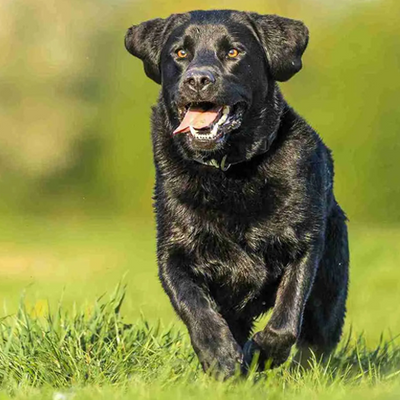
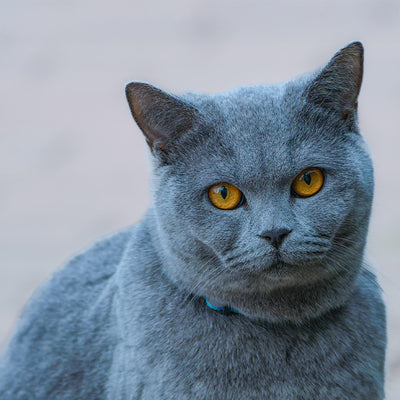
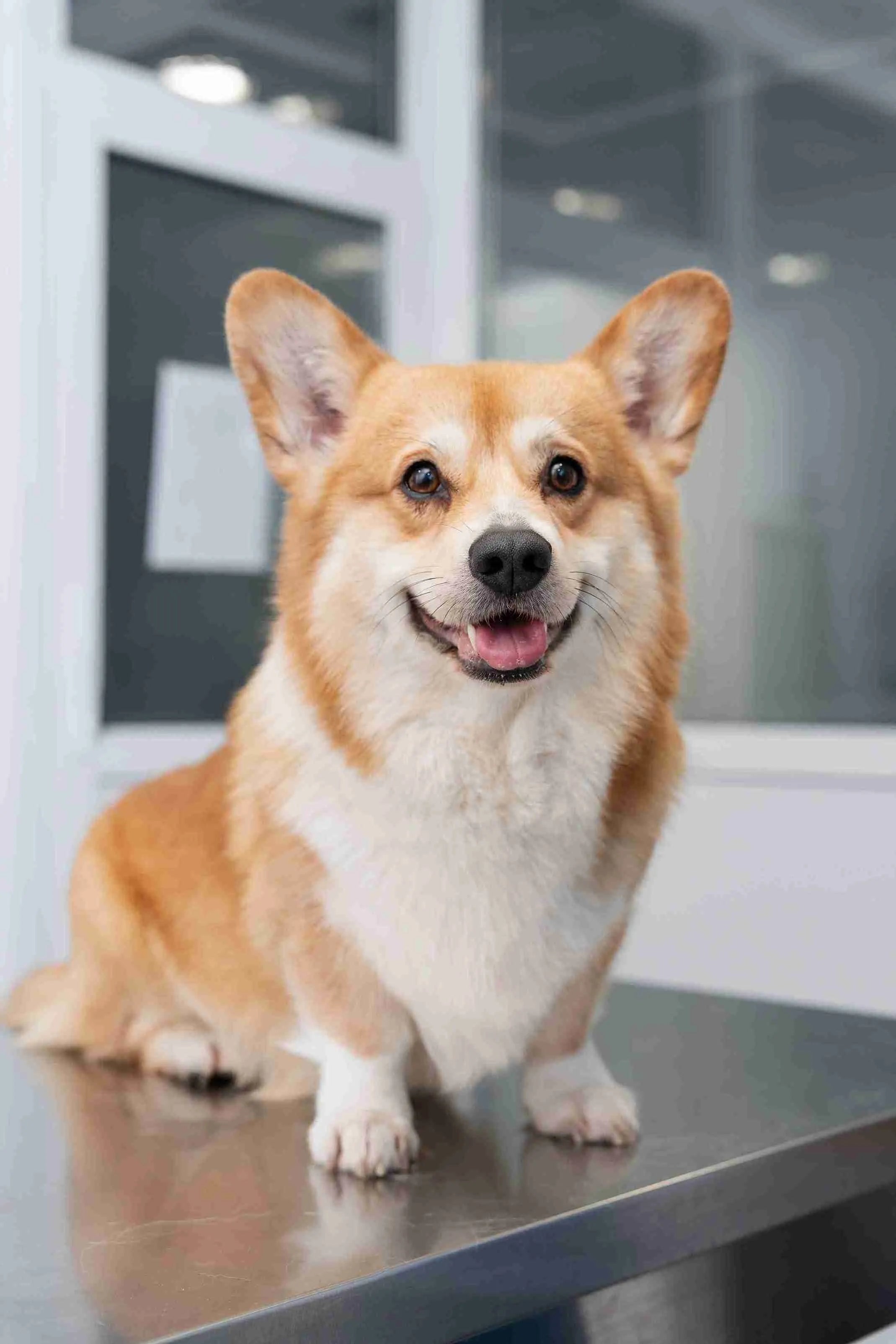
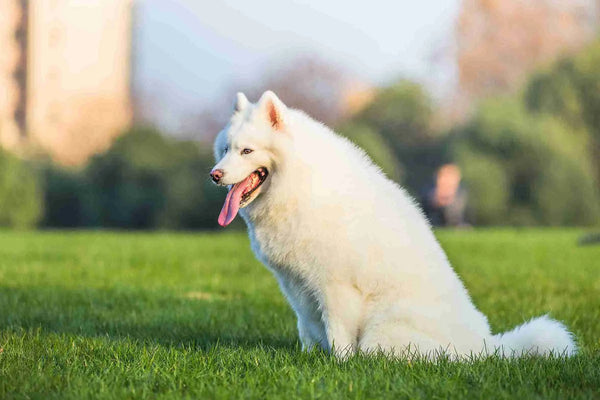
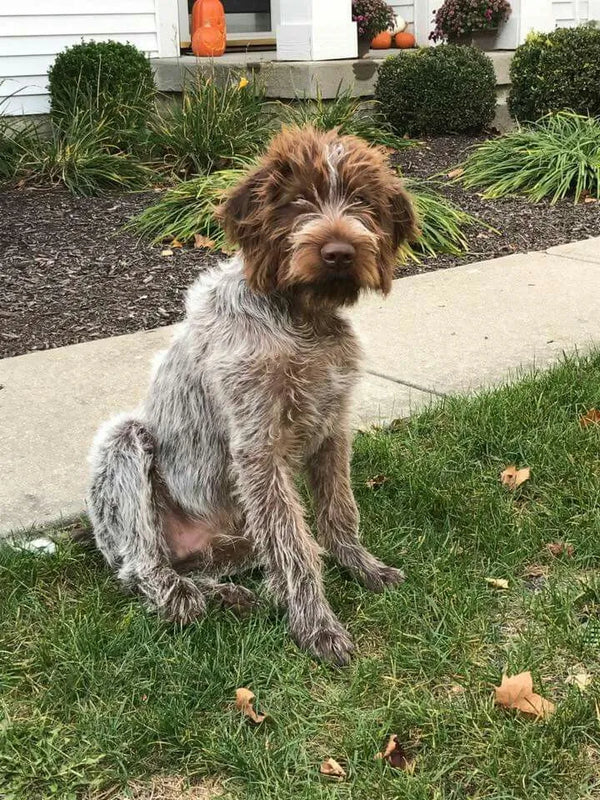
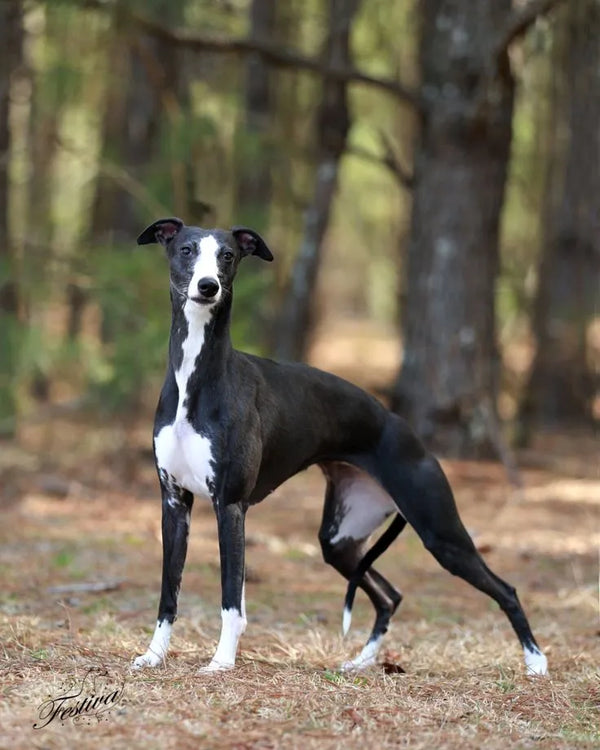
0 comments